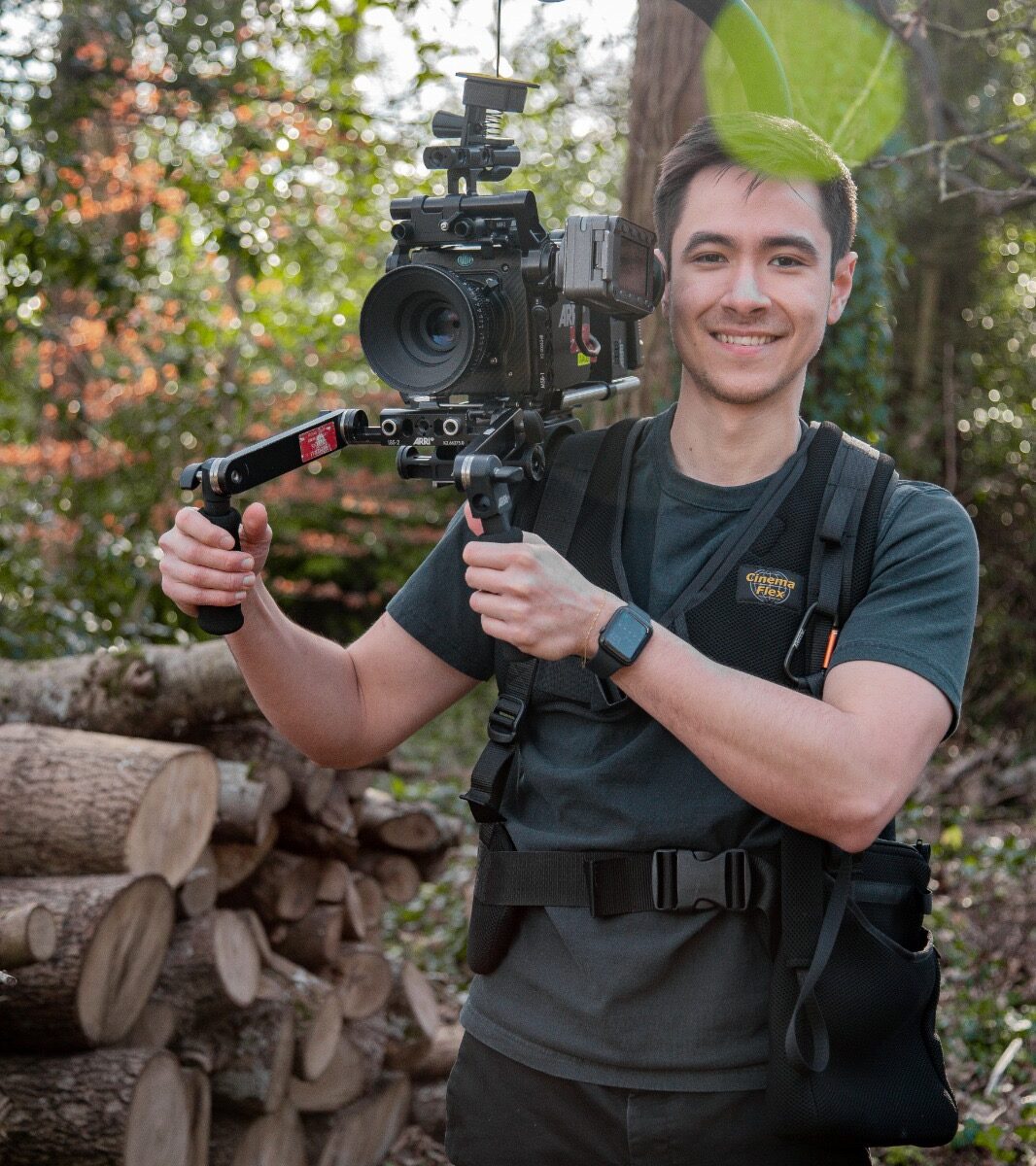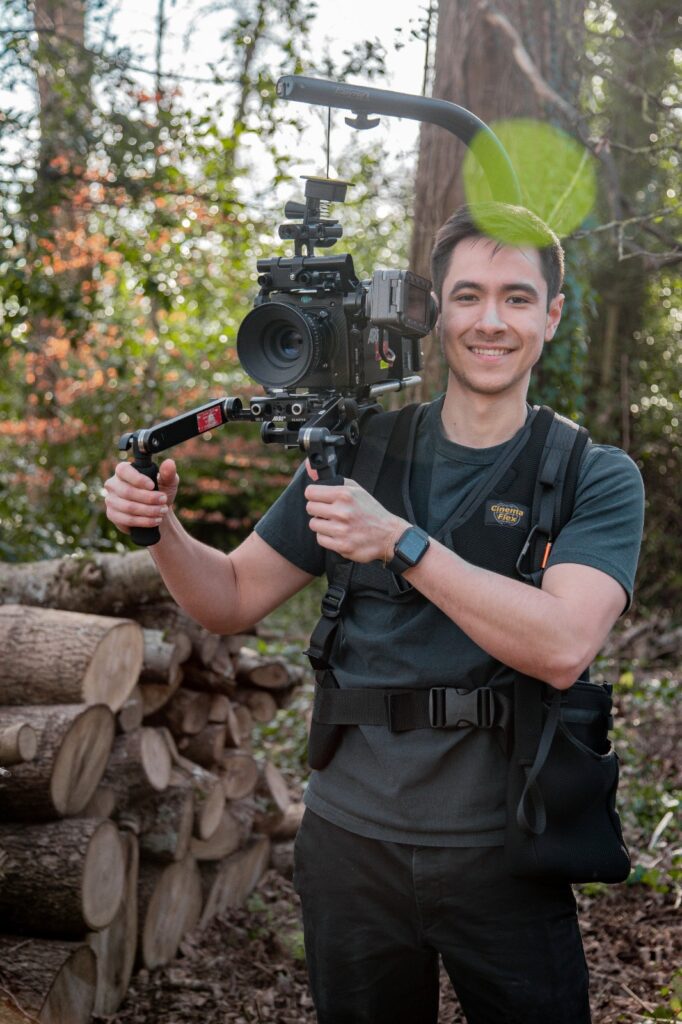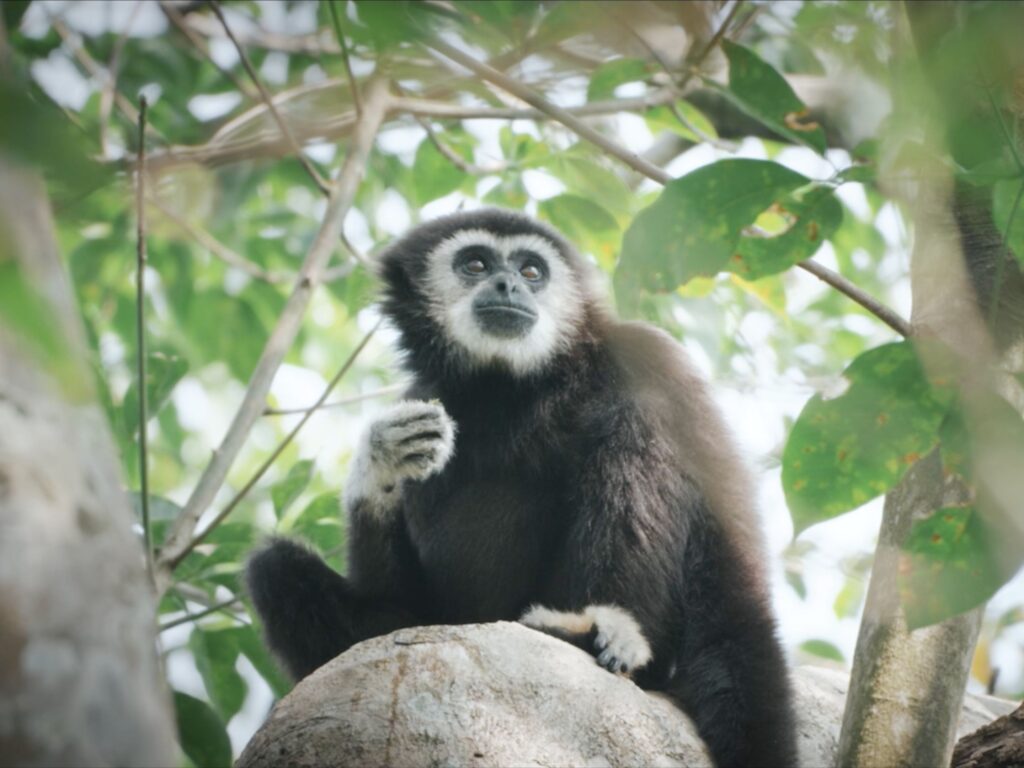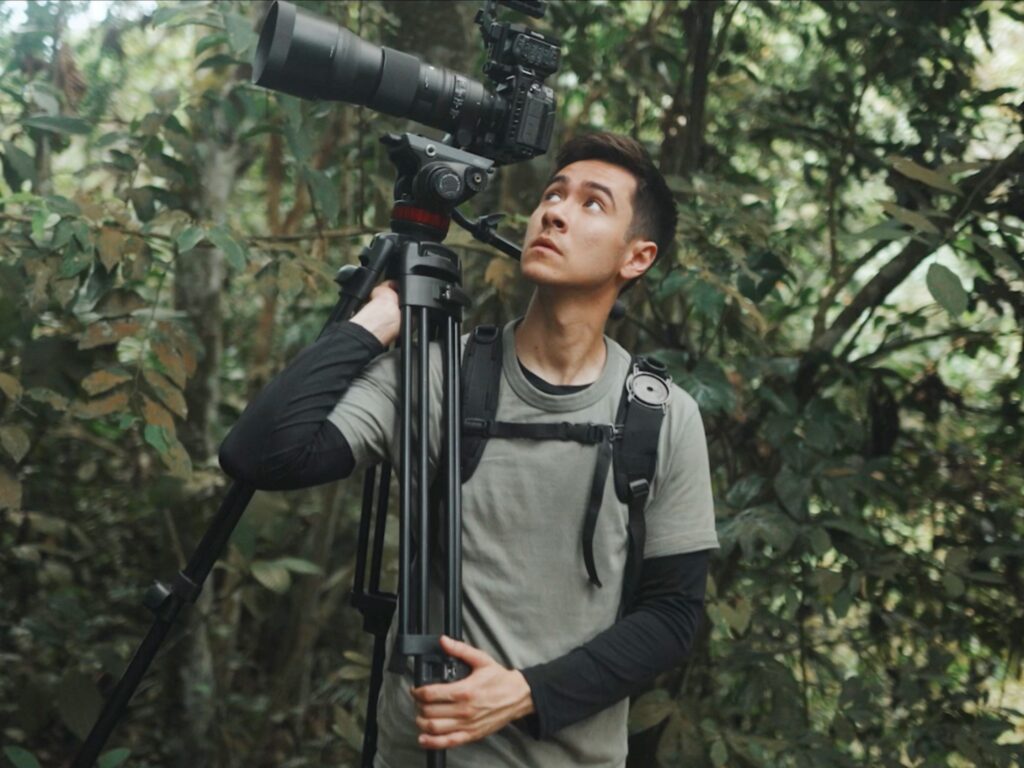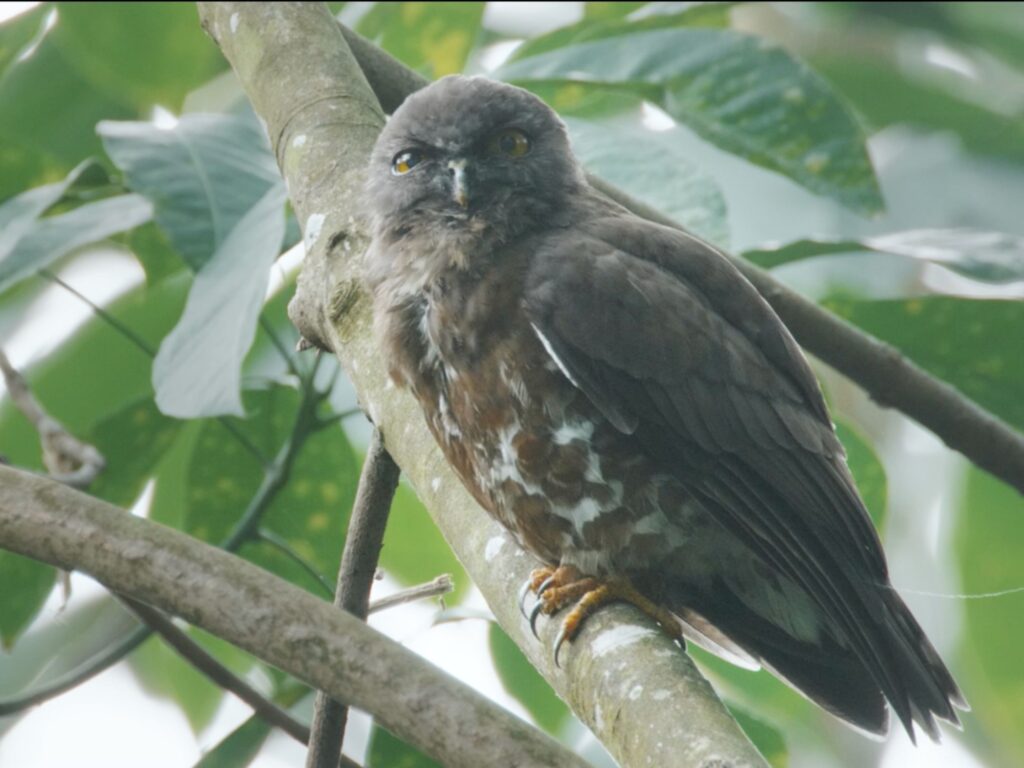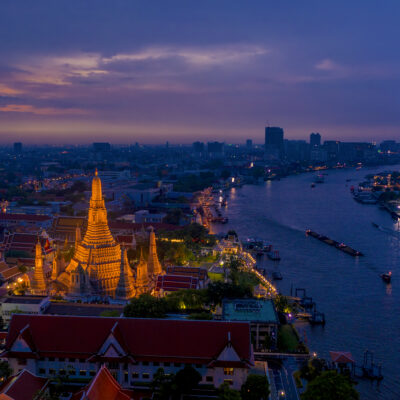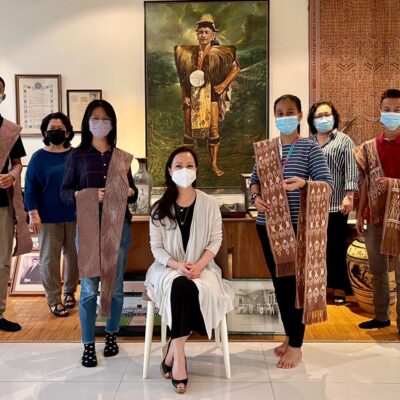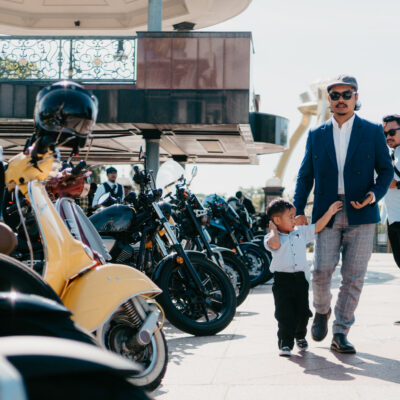by Jia Ying Chia
Finding his purpose at a young age means Sabahan wildlife filmmaker Myles Storey has been on direct path to achieving his dreams. He was raised in Brunei, before returning to his native hometown of Kota Kinabalu at the age of seven years old. Born into a family of creatives (his mother, Jennifer P. Linggi, is the deputy general manager for the Sabah Cultural Board and author of The Kampung Legacy), Myles’ fascination with nature led to his direction and production of ‘Finding Solo’ — a documentary about the last remaining gibbon, an endangered species in the Serdang Hill green patch.
Q: Your mum encouraged you to follow your passion. How was being able to define yourself at a young age and how did that impact your goals or interest in wildlife?
A: Both my parents are very creative people. I would not be where i am today without their support and encouragement. They always allowed me to express myself and my interests. I’ve had people tell me that both zoology and filmmaking are not good career choices in Malaysia, but my parents were very supportive of me deciding to do zoology and subsequently, wildlife filmmaking. I understand that unfortunately, not everyone has a support system like this to pursue their dream career, especially where we come from — which makes me even more grateful for the both of them. Seeing my mum pursue her interest in traditional crafts and eventually writing and publishing her book was also very inspiring for me at a young age.
Q: To whom or what do you credit your lifelong interest in wildlife?
A: Looking for the elusive Bornean clouded leopard along the Kinabatangan River in Sabah was one of my most memorable experiences growing up. I was 14 and although we didn’t actually find it, being in the rainforest at night was both frightening and exhilarating. In the daytime, we saw pygmy elephants, orangutans, macaques, to name a few. But at night, all you could hear were the sounds that I had never heard before, and the rest is up to your imaginations.
However, flying between Kota Kinabalu and Sandakan showed me a different side to the story. I saw huge swathes of palm oil plantations scattered around fragmented bits of rainforest. At the time, it was hard for me to understand why and how anyone would do that to our rainforest but I understand now that these are complicated issues involving many people. This experience combined with the magical moments in the rainforest is when I knew that I had to, at least to some degree, dedicate my career to solving the issue of habitat and biodiversity loss — and I haven’t looked back since.
Q: The premise of Finding Solo is heartbreaking. Are you hoping or has the film inspired or created advocacy for proper, enforced wildlife protection and laws?
A: Yes, unfortunately Solo’s story was very sad, but nonetheless a very important one to tell. I believe that different stories serve different purposes and that Solo’s was meant to connect people on an emotional level. Solo’s story is ultimately about loneliness, something we can all relate to, especially in recent years. I believe that in order to get people to care about nature and wildlife, we first have to reach their hearts and I hope Solo’s story will be able to do that for some people. I believe this is the first step in creating systemic change in the way we view and treat nature. Solo’s story also highlights the reality of what we are dealing with. There are some tragedies in nature we’ve caused that do not have an easy fix
IG: @mylespstorey

